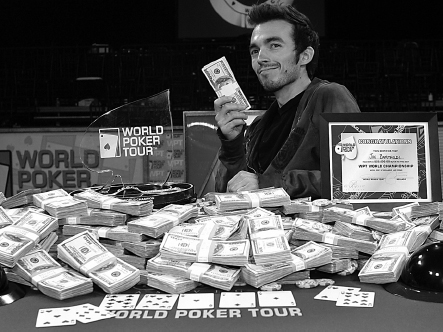Nonverbal Communication Is Often Spontaneous and Unintentional
Nonverbal Communication Is Often Spontaneous and Unintentional
Page 99

The best poker players think a great deal about nonverbal communication. They know how to bluff, or convince their opponents that they are holding a better (or worse) hand than is actually the case. A player who figures out an opponent’s “tell”—a nonverbal signal indicating a good or bad hand—can profit from this knowledge if he, quite literally, plays his cards right. Mike Caro, a poker professional and author of The Body Language of Poker, warns players not to look at the cards as they are laid out on the table. Players who look away from “the flop” have a strong hand, he explains. Those who stare at it—or at their cards—have a weak one. He also advises players to memorize their hand so opponents won’t see them looking at their cards and glean cues from this action (Zimbushka, 2008).
Like poker players, we often send nonverbal messages unintentionally—we roll our eyes, laugh, slouch, or blush without meaning to. And our nonverbal behaviors can send powerful, unintended messages. Great poker players know that they can’t completely eliminate such behaviors. That’s why many of them wear sunglasses while playing: they want to mask their eyes so their opponents can’t pick up subtle and unintentional cues from their eye movements.